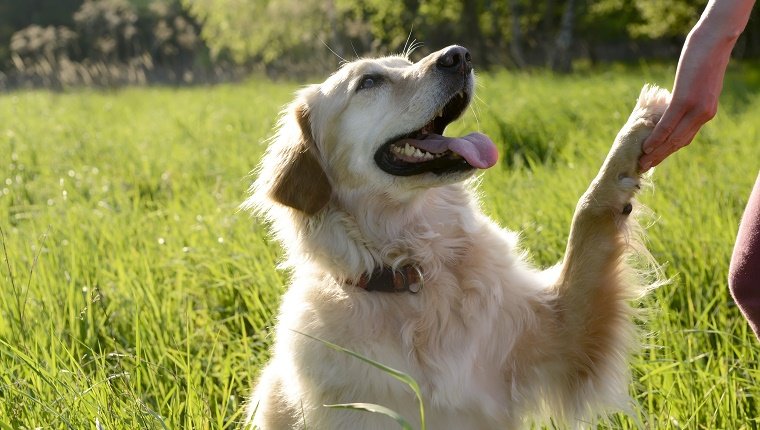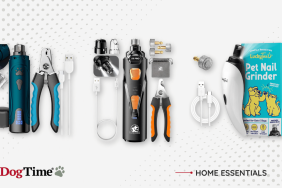Your dog uses their paws to run, play fetch, go for walks, or just generally get around. Those paws need to be cared for to protect you dog’s well-being.
Paw pads do a lot of work by absorbing shock, insulating from heat and cold, and giving support on rough ground. Pups need their paws to be in top shape to stay on the go, and it’s your job to take care of them and make sure your dog is able to keep moving.
Here are eight tips for taking care of your dog’s paws.
How do you care for your dog’s paws? Do you do any special pampering? Let us know in the comments below!
Tips For Taking Care Of Your Dog's Paws
-
Watch For Chewing And Licking
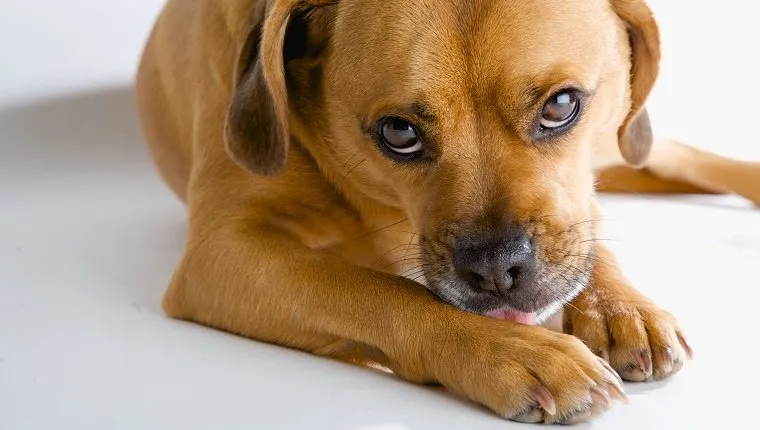
(Picture Credit: shotbychatty/Getty Images)
If a dog licks or chews at their paw pads, it may be a sign that there is some kind of irritant there, which should be cleared off before your dog causes damage to their pads.
If the chewing or licking becomes excessive, it could be a sign of an allergic reaction, which requires a trip to the vet. Beagles, Bichon Frise, West Highland White Terriers, and Poodles are more susceptible to allergies.
Chewing and licking can also be a sign of Obsessive Compulsive Disorder, or it could indicate that there is a small cut or sore. This behavior can delay healing, so keep an eye on your dog's paws and treat any minor injuries.
-
Trim Those Nails
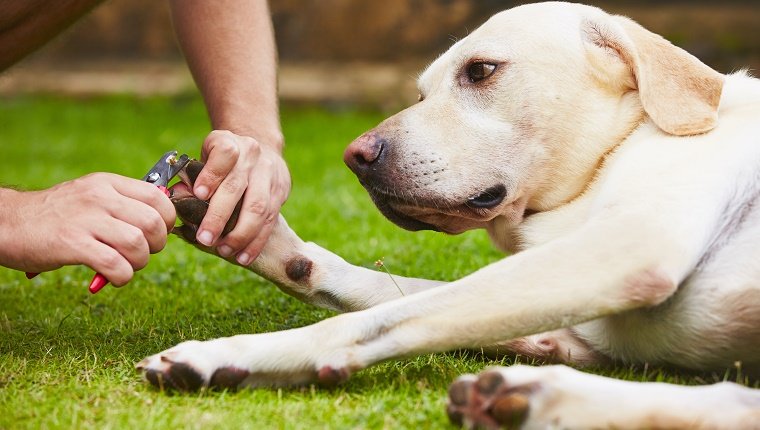
(Picture Credit: Chalabala/Getty Images)
Your dog's nails should barely touch the ground. If you hear a lot of clicking when your dog walks on hard surfaces, it's an indication that it's time for a trim.
Nails that are too long can get snagged easily, causing injuries. They can also cause your dog to limp, and at the very least, they're uncomfortable.
How often you should trim depends a lot on your dog, and some breeds may not need to be trimmed much at all. Walking on hard surfaces also tends to wear down the nails a bit, as well.
-
Do Paw Checks
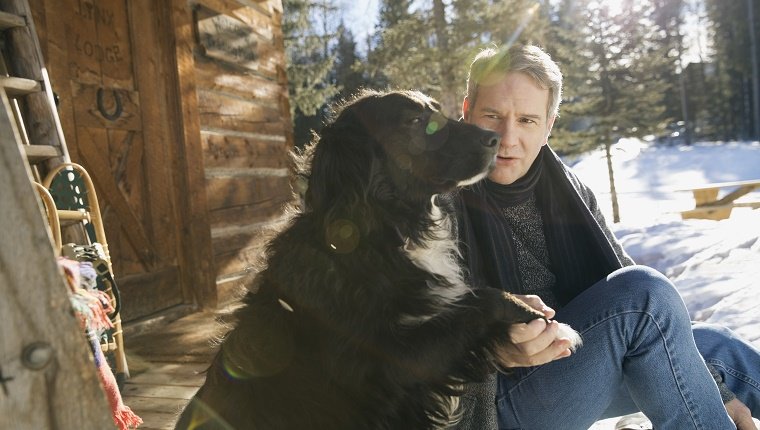
(Picture Credit: Getty Images)
It's important to do paw checks, preferably after playing outside or doing strenuous activities, as those are the most likely times for injuries to appear. It's also when your dog is most likely to get something stuck in their pad or between their toes.
Take a look and clear any debris, and watch out for injuries or blistering. If your dog's paws are getting too beat up, it's time to find some less harsh ground to walk or play on.
-
Moisturize
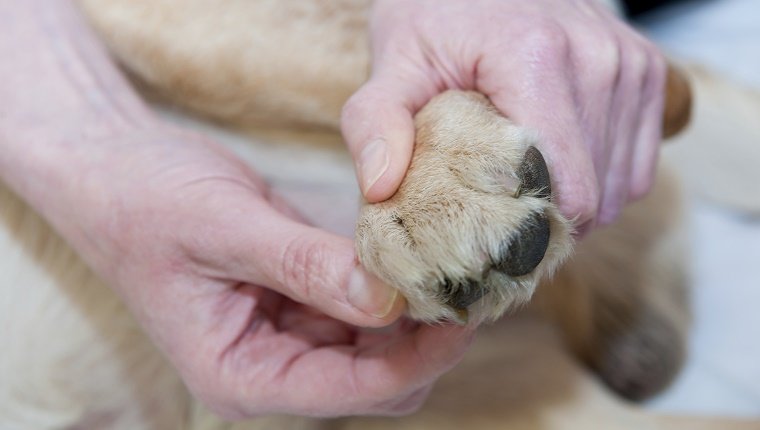
(Picture Credit: BigshotD3/Getty Images)
Paw pads can crack and bleed if they get too dry. Do NOT use lotions or moisturizers meant for humans on a dog. They soften the pads and can lead to further injury. Instead, ask your veterinarian for a lotion recommendation.
Apply it to your dog's paws as directed, and take the time to give your pup some pampering.
A nice paw massage is a great way to bond, and it may help your dog feel more comfortable with you examining their pads or even trimming their nails.
-
Use Winter Paw Protection
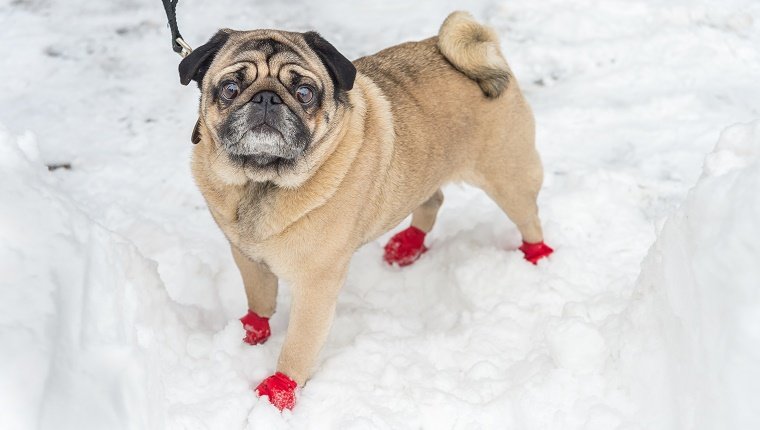
(Picture Credit: MarcBruxelle/Getty Images)
Winter is harsh on dog paws. Not only do you have to worry about frostbite, but there can be debris hidden in the snow.
Also, salt, which can burn paws, is used to melt ice on the street. The salt is also usually toxic to dogs, and if your pup licks their paws clean after the walk, they may get sick.
Using dog booties and limiting outdoor exposure are the best options, but you can also use paw wax to shield your pooch's pads from the elements.
As always, do a paw check to look for excess snow or debris, and don't let your pup chew paws that may be contaminated with salt.
-
Avoid Hot Surfaces In Summer
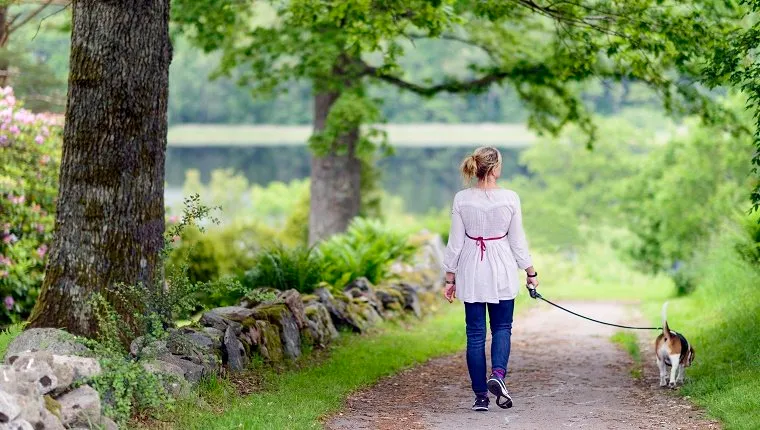
(Picture Credit: Johner Images/Getty Images)
Summer has its challenges, too. Asphalt and concrete can get hot enough to scorch paw pads.
A good way to check to see if the ground is too hot for your pup is to place your palm on the pavement. If you can't rest it comfortably for five seconds, the ground is probably too hot for your pup.
Paw pads can take more heat than your hand, but they're only so tough, and they can burn and blister. If the ground is too hot, stick to the grass or shady places and limit walk time.
-
Apply First Aid
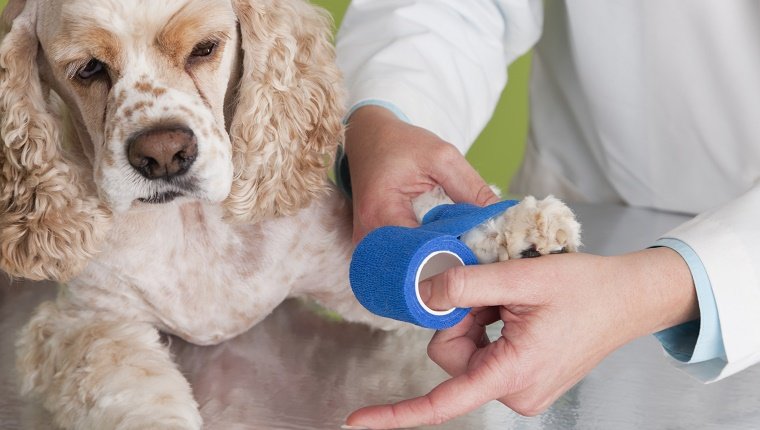
(Picture Credit: Vstock LLC/Getty Images)
It's important to have a doggy first-aid kit handy for minor injuries. If you do happen to find a minor cut or blister on your dog's feet, clean it out with anti-bacterial wash and bandage the area as best you can.
You may also want to apply a dog boot to prevent further damage. Keep an eye on your dog and don't allow chewing or licking of the area, as this delays healing.
For bigger injuries, head to the vet immediately.
-
Watch The Terrain
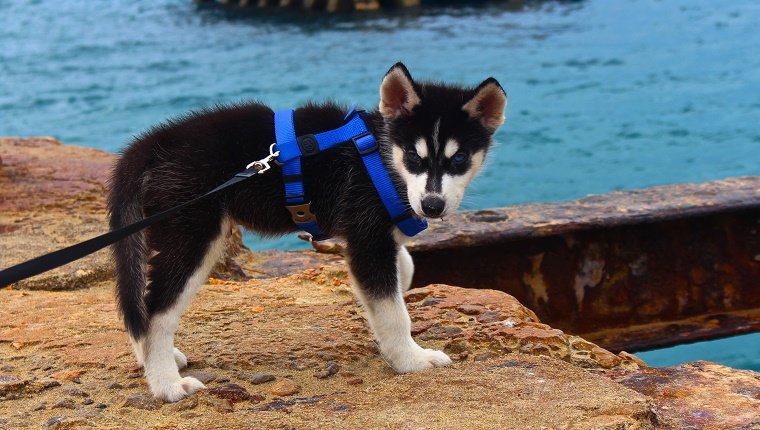
(Picture Credit: Paul Downey / EyeEm/Getty Images)
Always check the ground in front of you for broken glass or sharp debris that can hurt your dog's paws. Keep the area around your house and yard free of these hazards, and inspect frequently.
Debris can be especially common on city streets, but there are also sharp twigs and pebbles in rural areas, too. Preventing injuries is always better than treating them.
No matter where you live, keep your eyes open.
